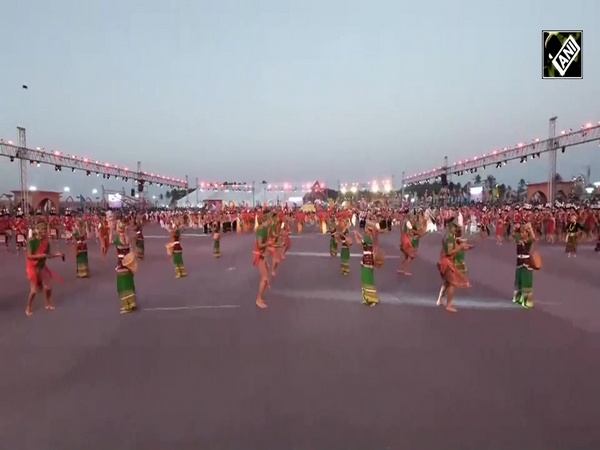
Adult tourniquet suitable for young kids: Study
May 07, 2019
Washington D.C. [USA], May 7 : Adult tourniquets are effective for use in children to control blood flow in their arms and legs, according to research.
The study was published in the journal Pediatrics.
While developed for adults, the military's Combat Application Tourniquet (CAT) is effective in controlling blood flow in children's arms and legs, as measured by Doppler pulse, in 100 per cent of cases involving upper extremities and 93 per cent for lower extremities.
This is the first prospective study on the device's use in children. Past anecdotal, retrospective reports from international warzones have indicated the CAT is being used in paediatric trauma cases.
"Firearm injuries and death are unfortunately not uncommon, and we need an effective tool for treating extremity haemorrhage in children in traumatic situations. Tourniquets have the potential to save lives from gunshot injuries since a severely injured child could bleed to death before medical help can arrive. Our data shows that the tourniquet used by the military is easy to apply and suitable for use in the school-age population," said H. Theodore (Ted) Harcke, lead author of the study.
In the study, the research team applied a CAT to an upper arm and thigh of 60 volunteer participants, aged six to 16 years, and monitored their pulse using vascular Doppler ultrasound.
The tourniquet was applied according to the manufacturer's guidelines. The study sample was reflective of the United States school populations. Participants included 36 boys and 24 girls, with body mass index (BMI) ranging from underweight to obese.
The Pediatric Trauma Society supports tourniquet use for life-threatening haemorrhage caused by extremity trauma.
However, since tourniquets generally are not designed for children, the authors' chief concern was the safety and effectiveness of use in younger children with smaller limbs.
The protocol allowed no more than three turns of the tourniquet windlass, to avoid pain to participants. The three-turn maximum allowed by the protocol was enough for all upper extremities and all but three lower extremities. Three turns did not completely arrest the pulse in three older, obese subjects (BMI > 30) who were adult-sized.
The team anticipates that additional windlass turns, as used in actual trauma care, would stop blood flow in an injured lower limb in these cases.
The study's greatest impact may be on pre-hospital care. However, the researchers noted its relevance to all paediatricians, who should be familiar with tourniquet use in children to ensure that the development of guidelines for training and application are appropriate and medically correct.




























